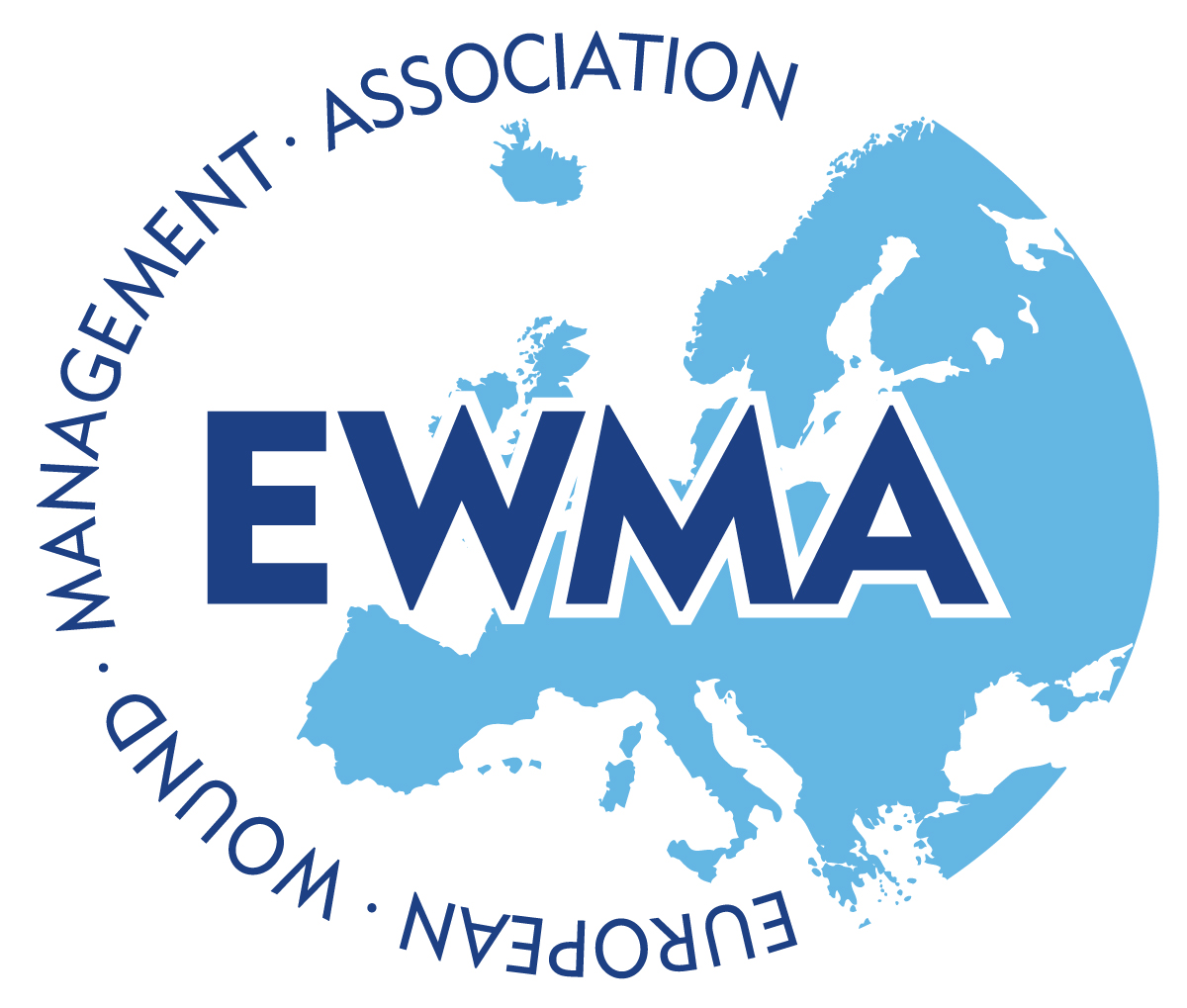Infectious Thoughts
The patient seated on the exam table surprised me. I had seen him many times at hospital meetings and charity events. I quickly double checked the cover sheet on the chart to confirm his high-level connection to the institution. He presented to the wound clinic with a venous leg ulcer and wanted to enroll in one of our clinical trials. He appeared to be a candidate: My examination determined that the wound was not clinically infected, documenting a complete absence of signs and symptoms in the source documents. The trial required a quantitative tissue culture biopsy, which I performed before placing him in compression. The following week the culture report revealed infection with a high bacterial load. Treating him with topical antimicrobials sped up his healing and he went on to complete closure in 6 weeks.Reflecting on the shortcomings of my clinical examination in this case led me on a career-long interest in improving lessons learned from a case such as this: the clinical signs and symptoms of infection in chronic wounds are unreliable, critical colonization is an ill-defined term, and bacterial counts may not tell the whole picture in chronic wounds. The journey continues, promising many more twists and turns as we gather more information.
The AAWC leadership and membership agrees that this is an area that deserves focused attention. In response, we have planned a series of Wound Infection Summits for 2019. The summits will examine the current state of the art diagnostics, antibiotic stewardship and opportunities for future research. The first Summit is planned for April 26th and 27th in Atlanta and will be hosted by the Piedmont Atlanta Hospital. If you have an interest in this rapidly changing area of wound care, join us. Stay tuned to the AAWC website for program and registration information coming soon.


